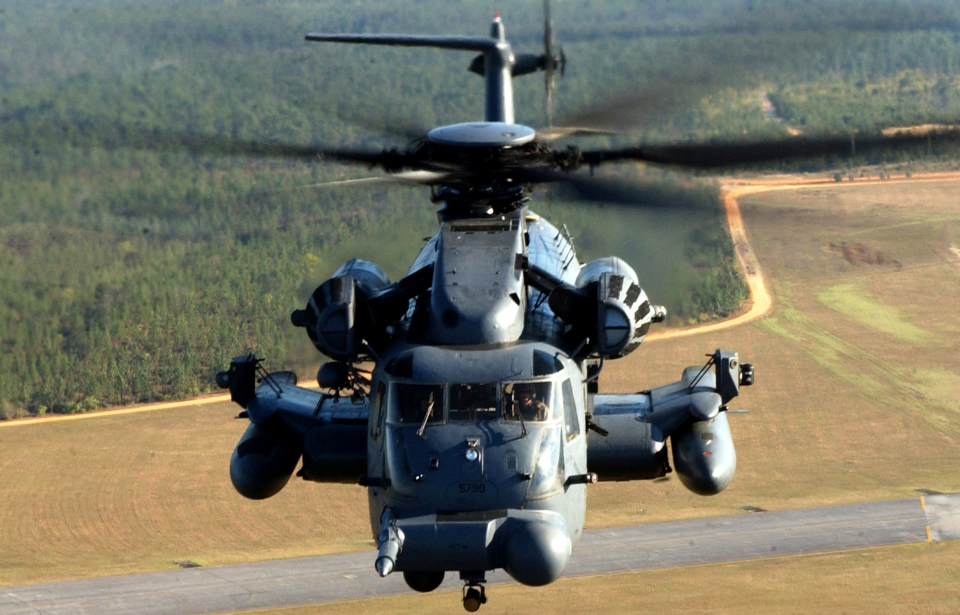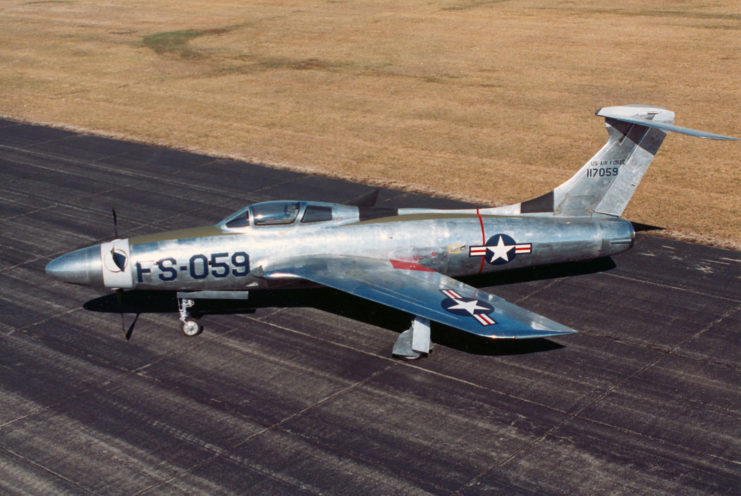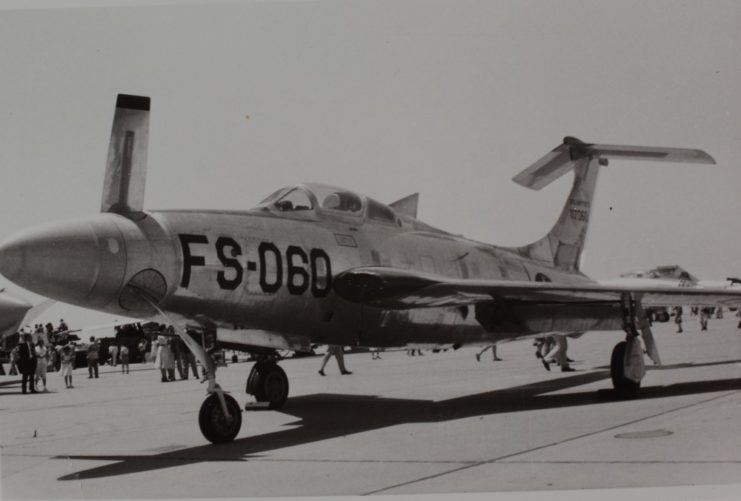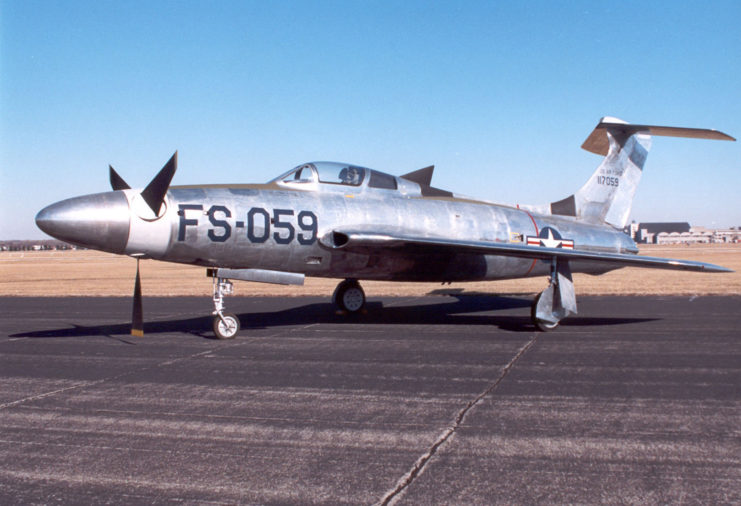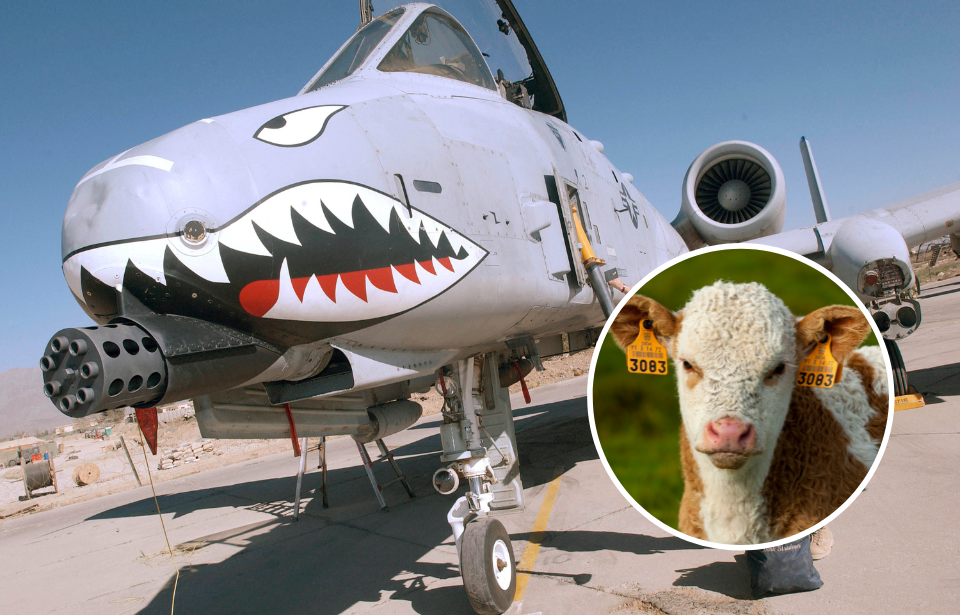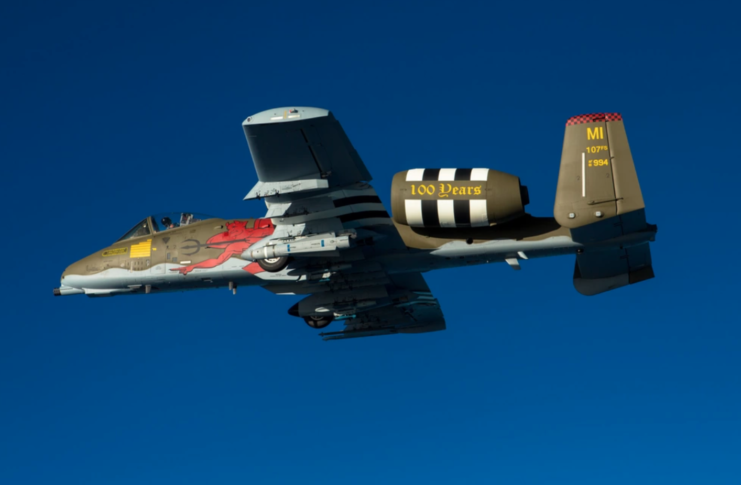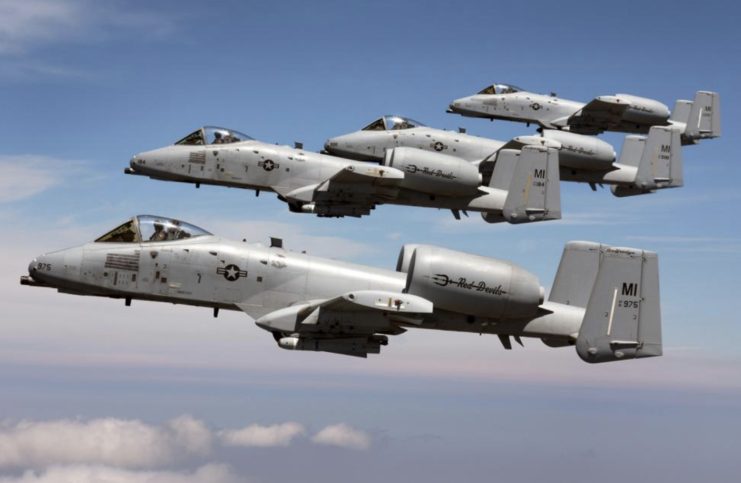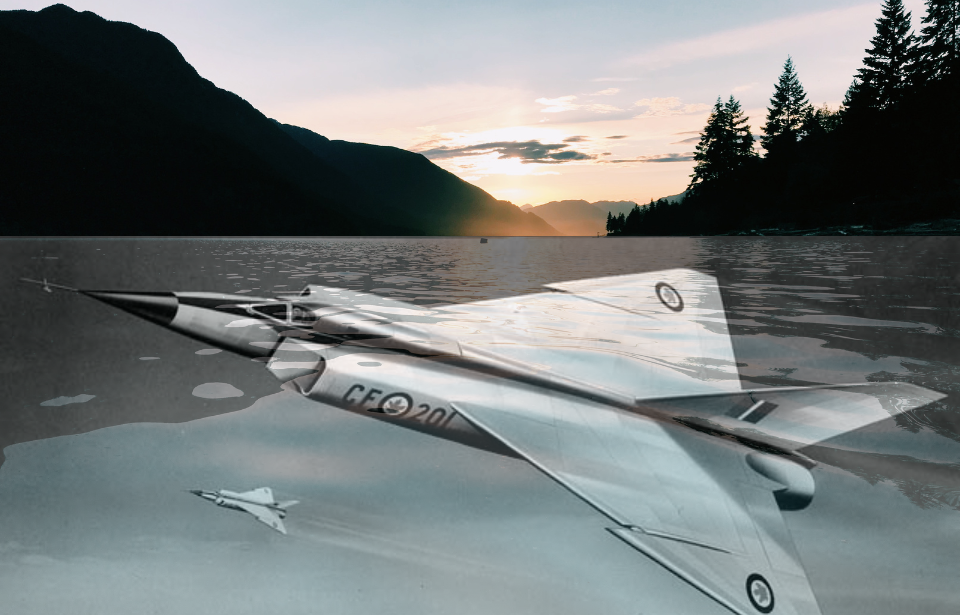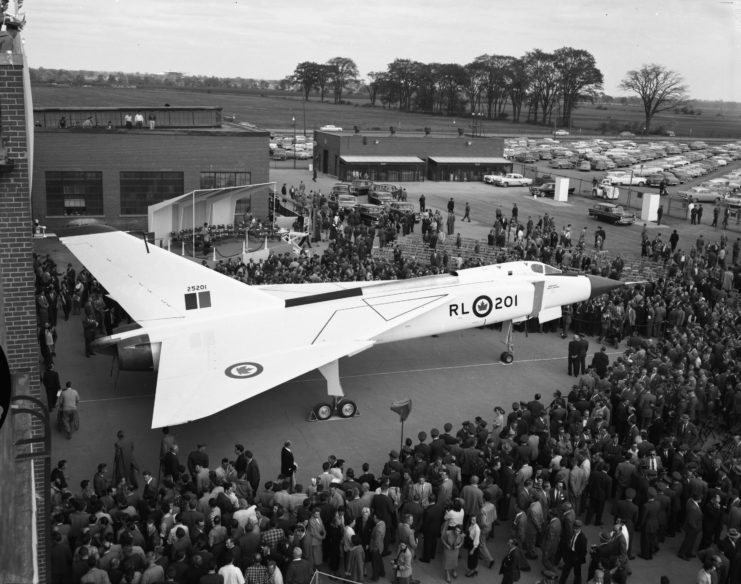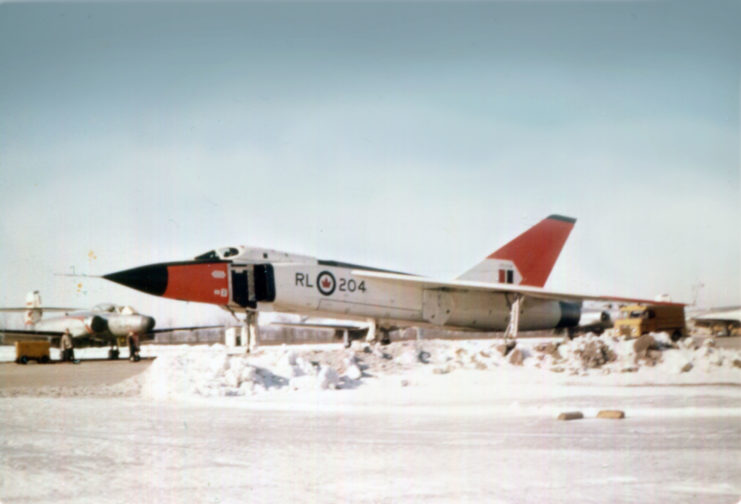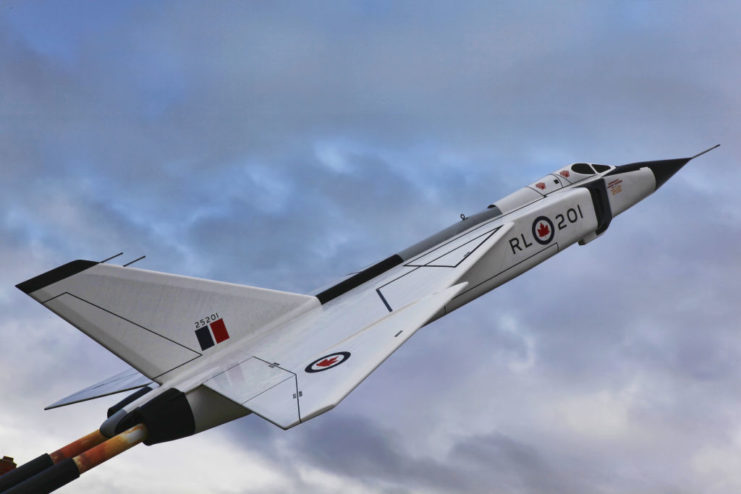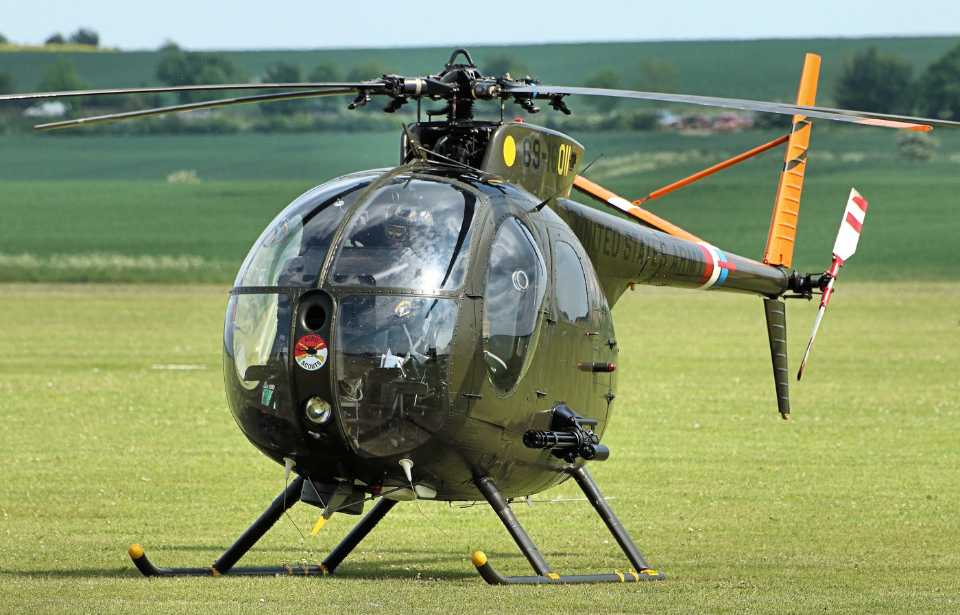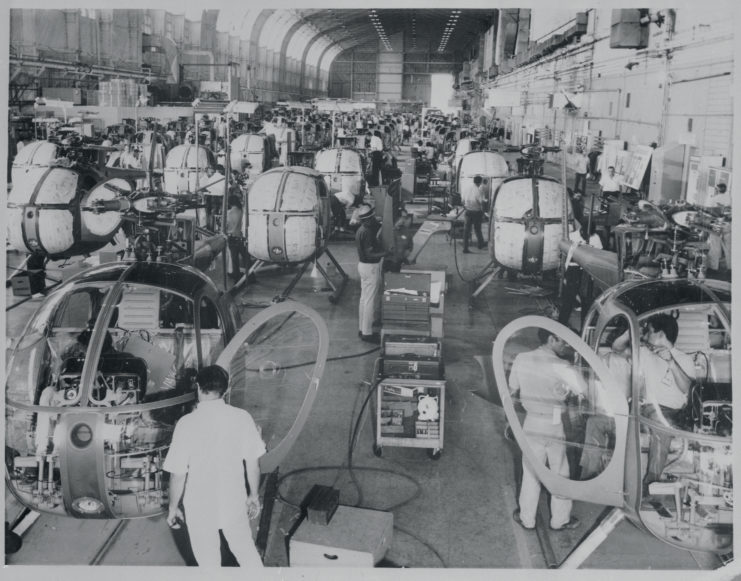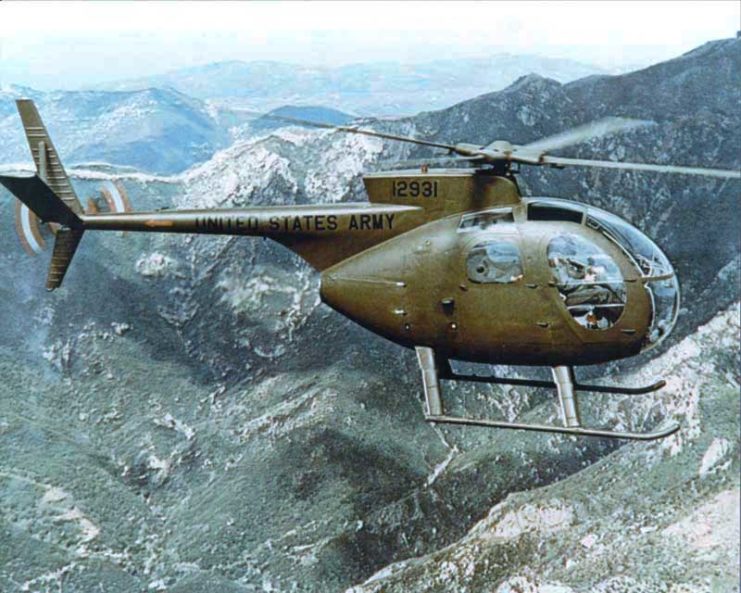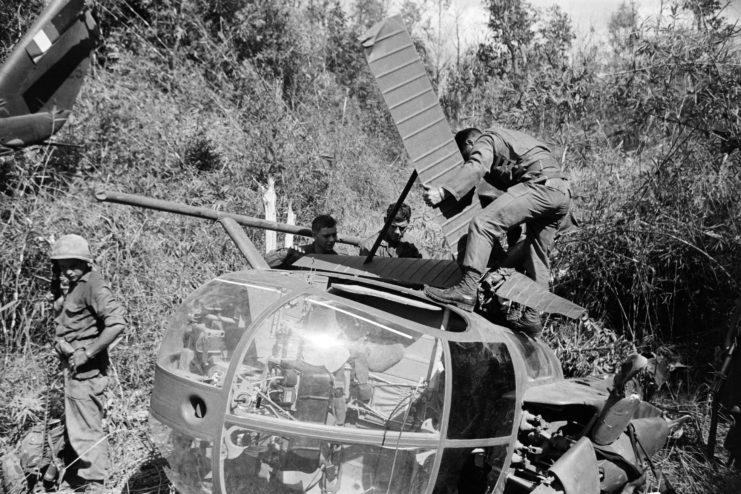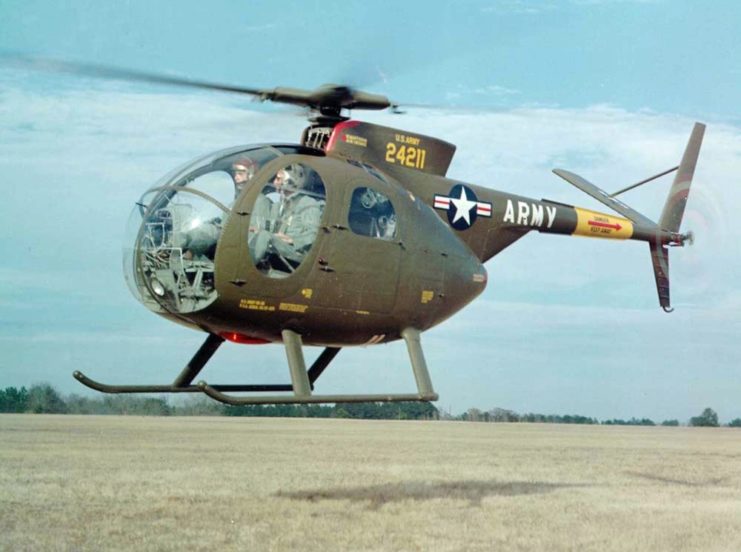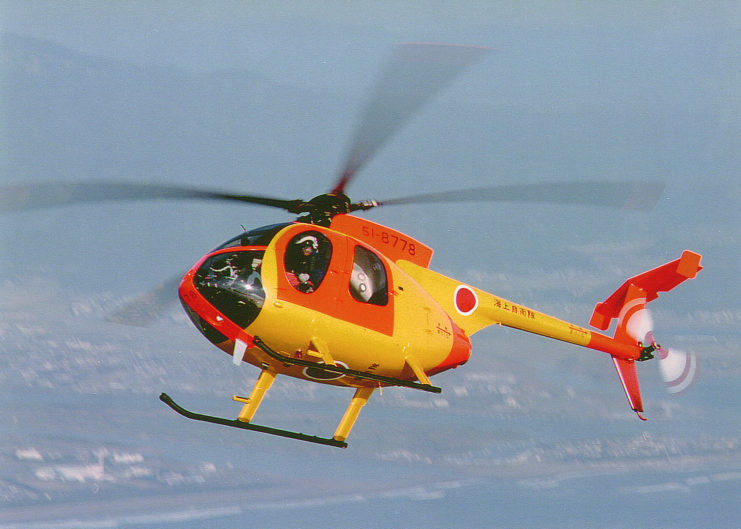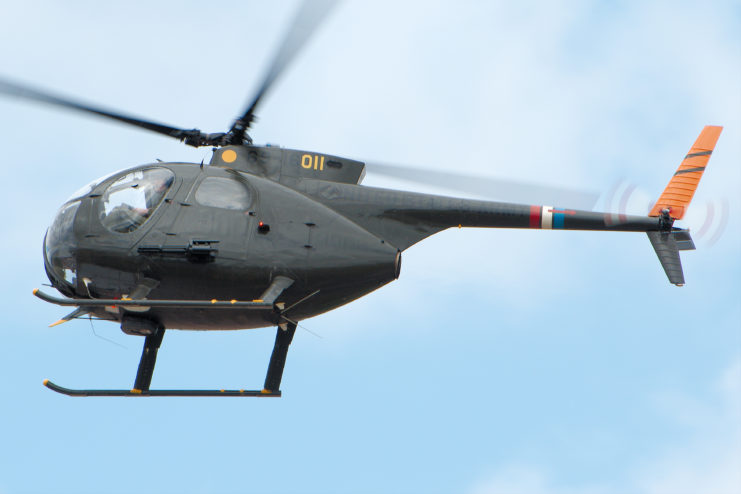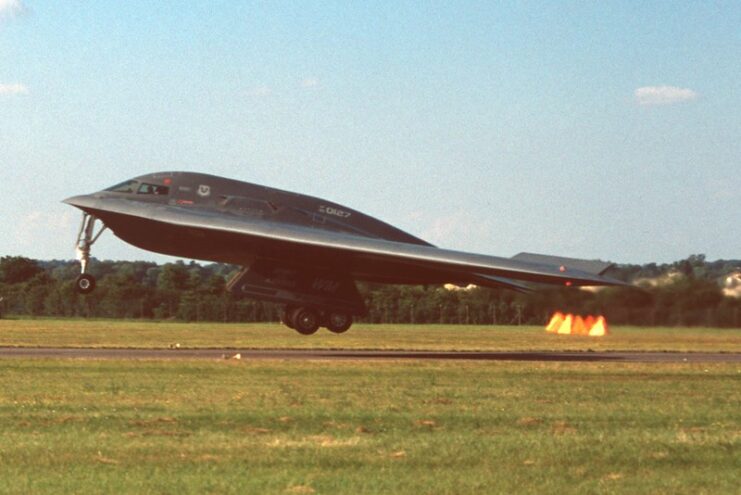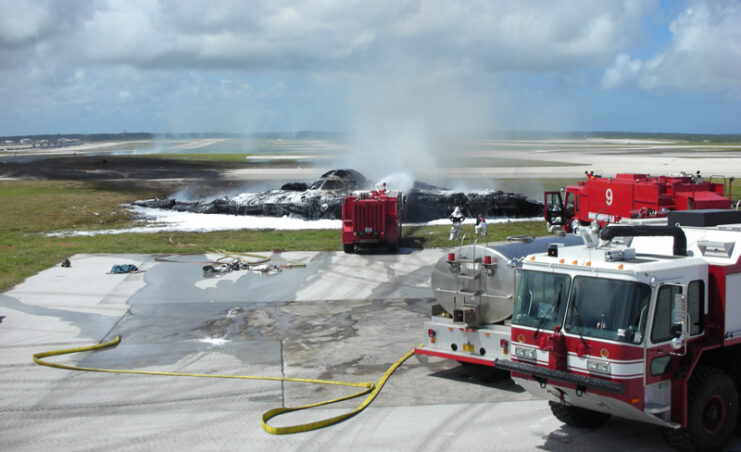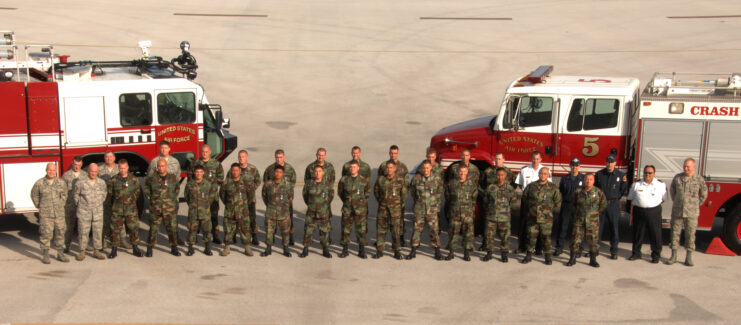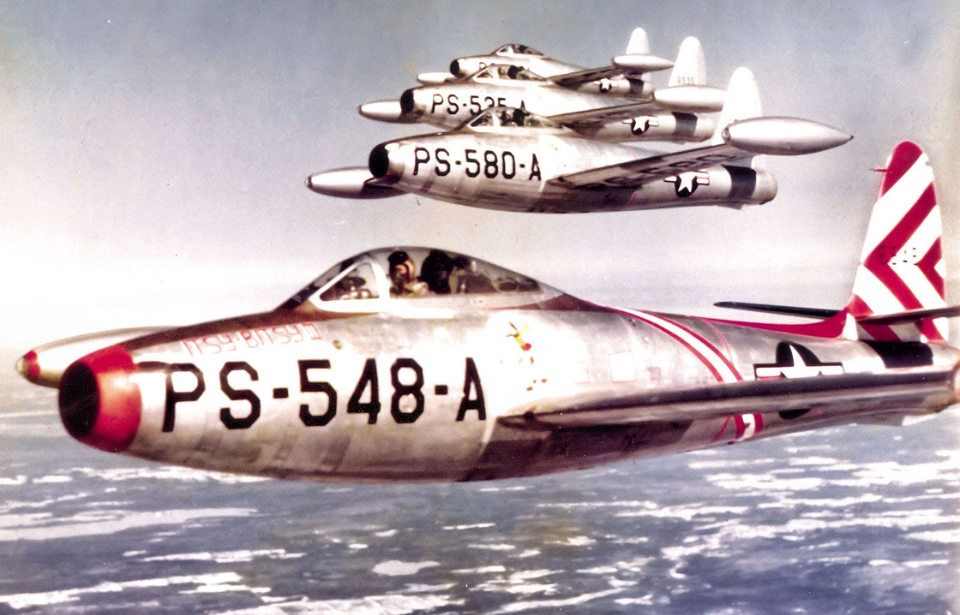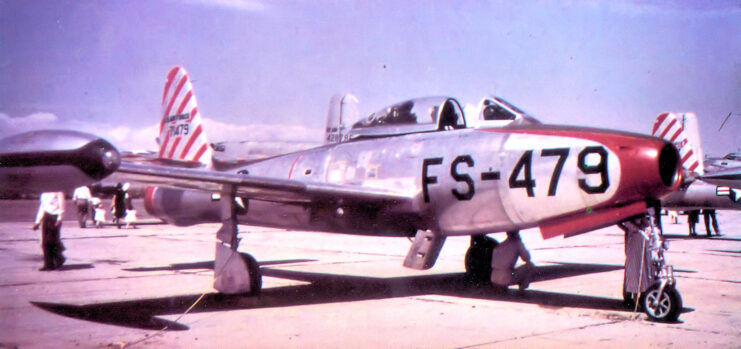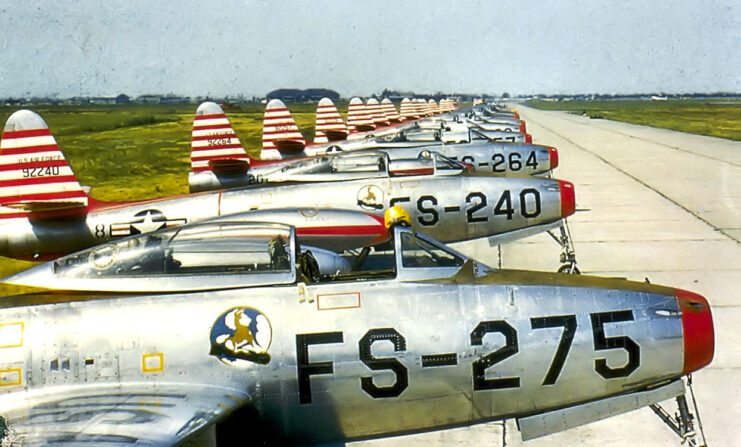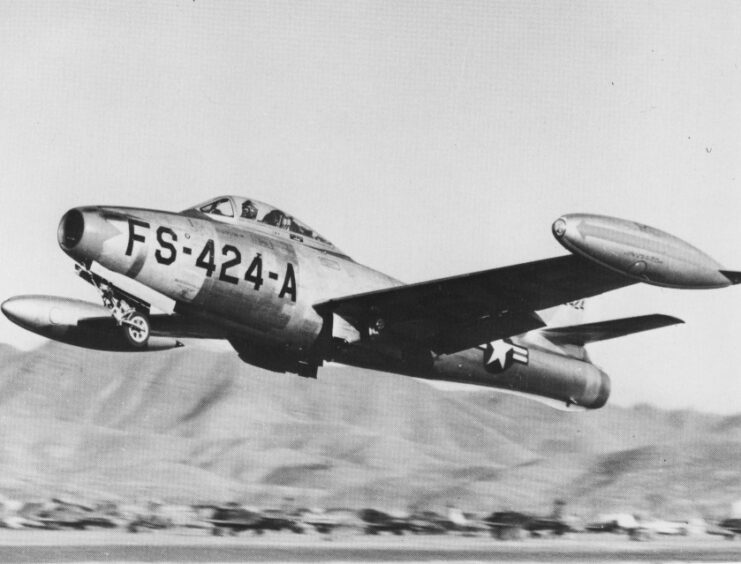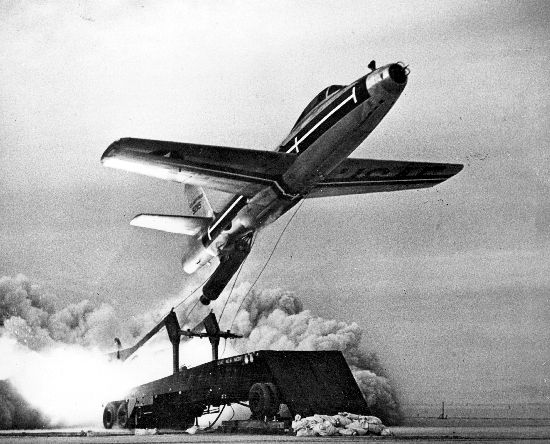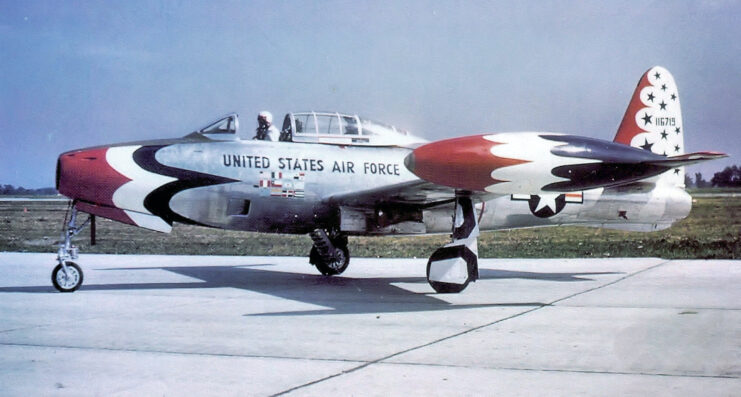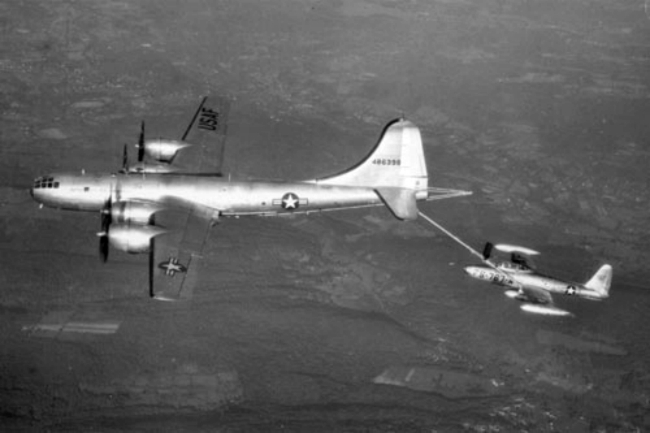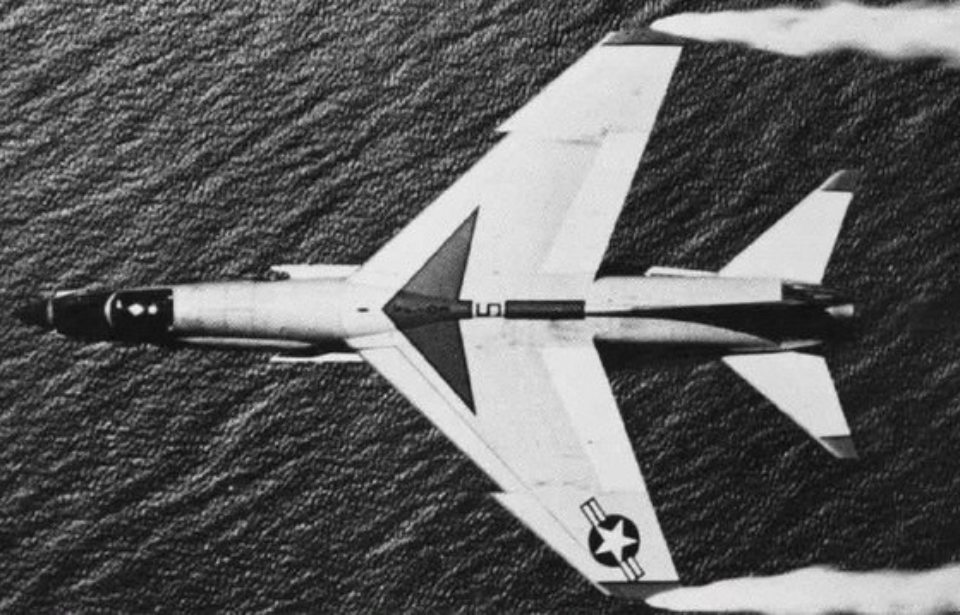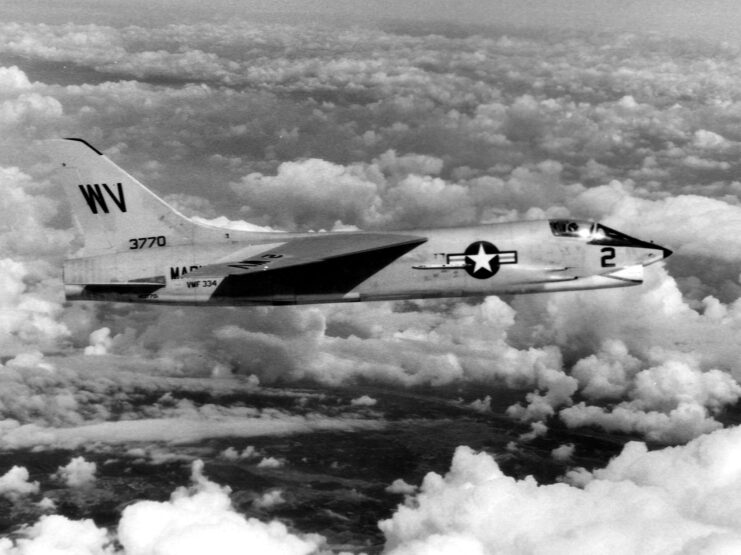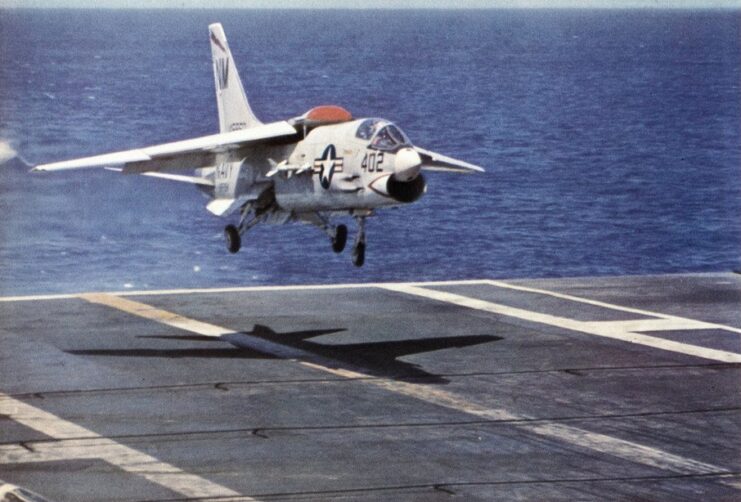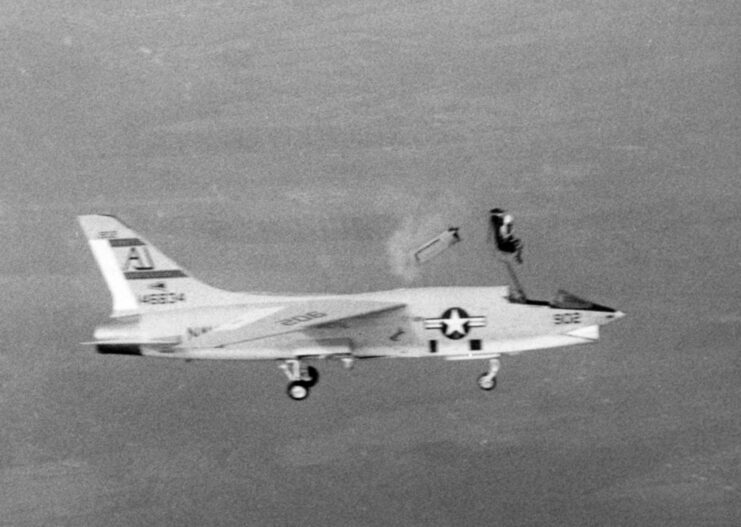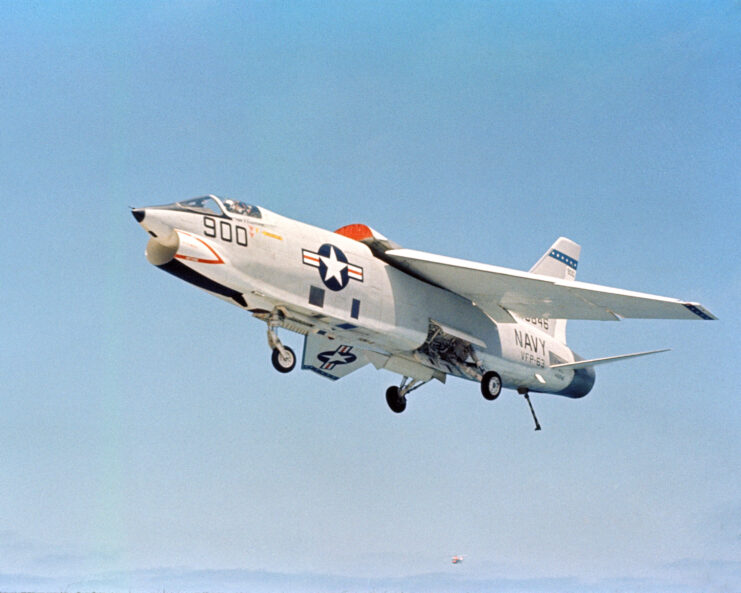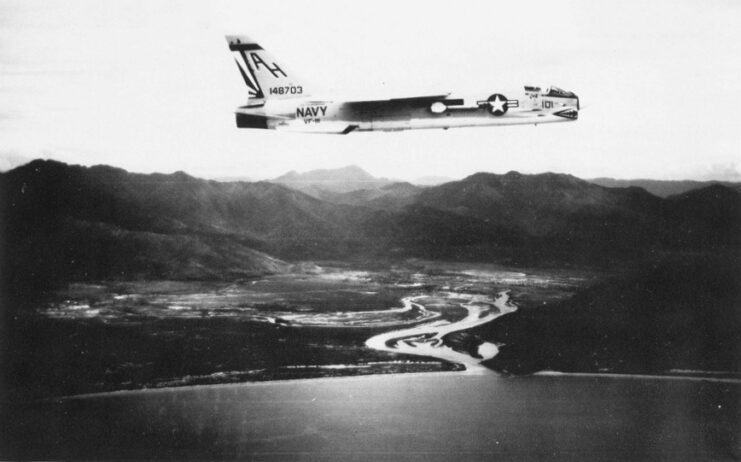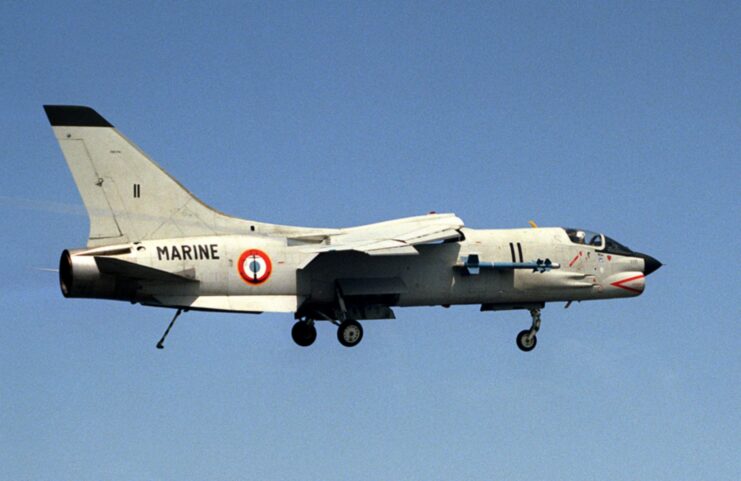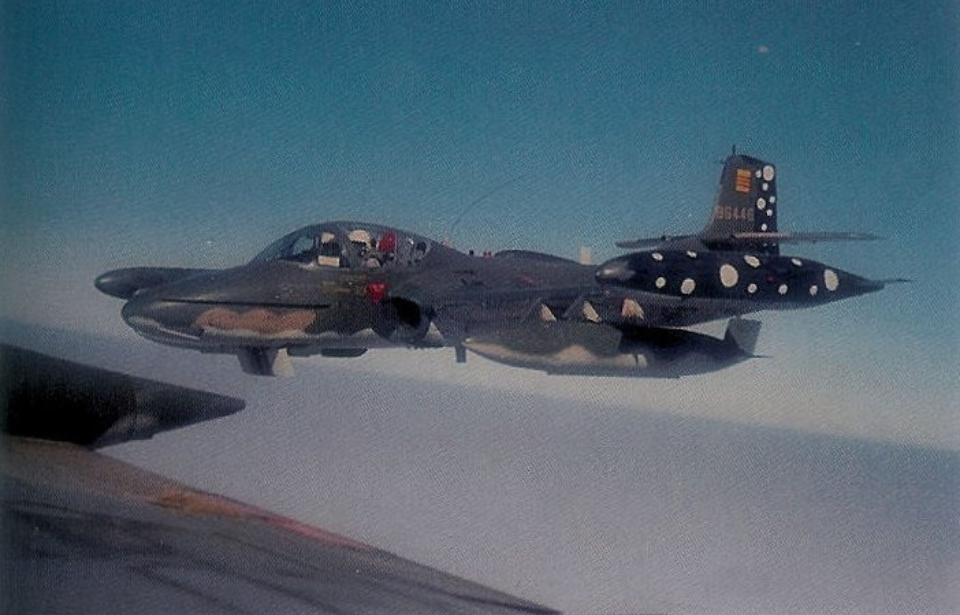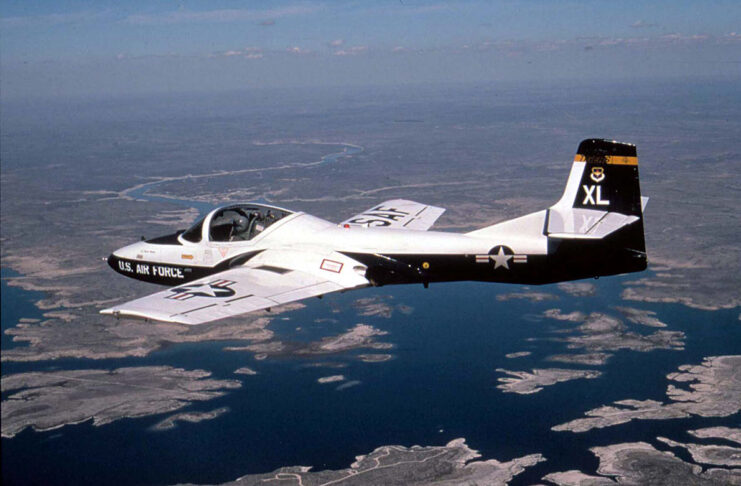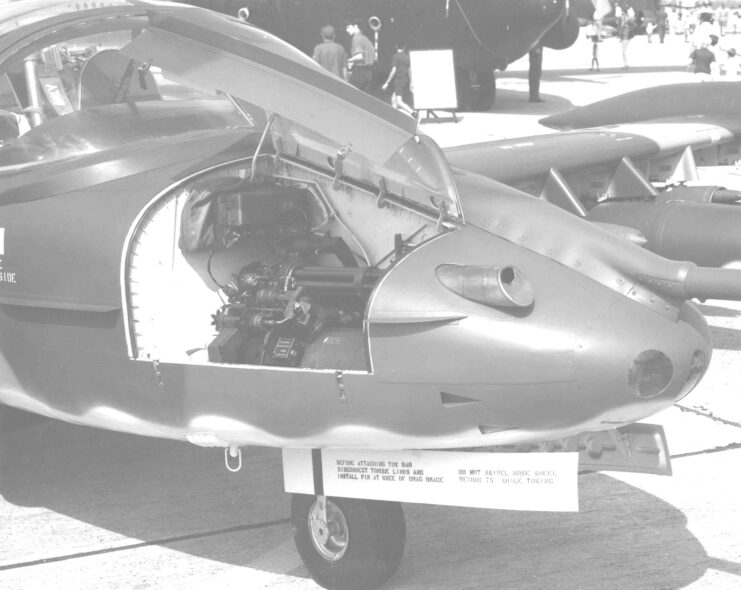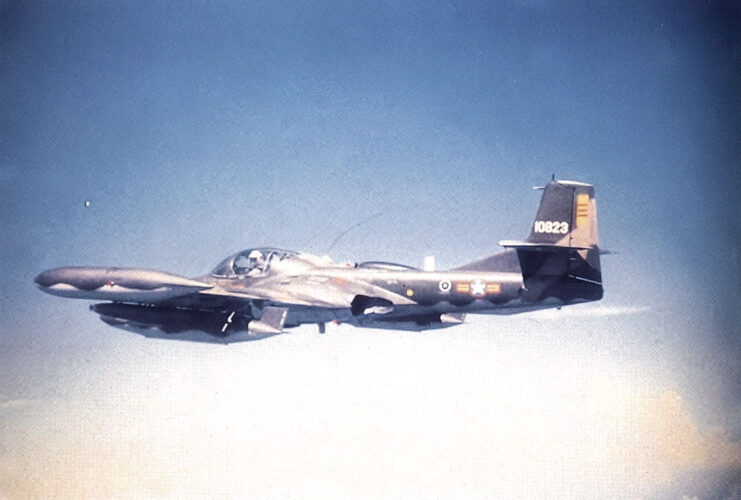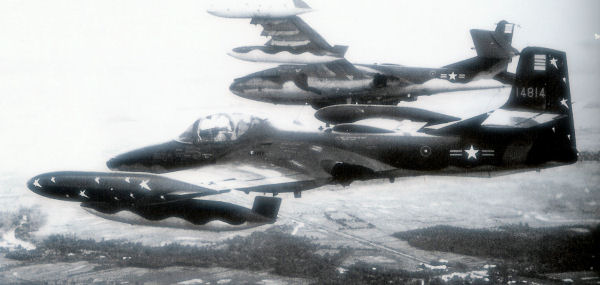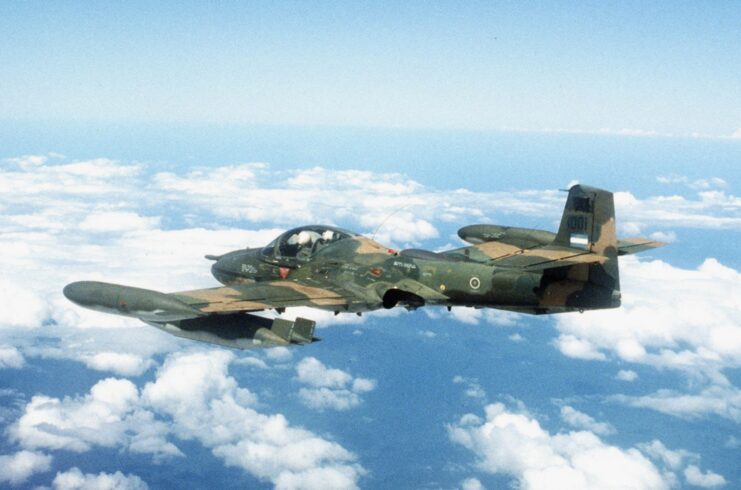Sikorsky MH-53 Pave Lows had the ability to perform both search and rescue and special operations missions. “Pave” stands for “Precision Avionics Vectoring Equipment,” the all-weather sensor system that converted several HH-53s into these advanced helicopters. Their long service life with the US military is proof of their effectiveness, with them having racked up a long list of missions and flight hours.
Early variants of the Sikorsky HH-53
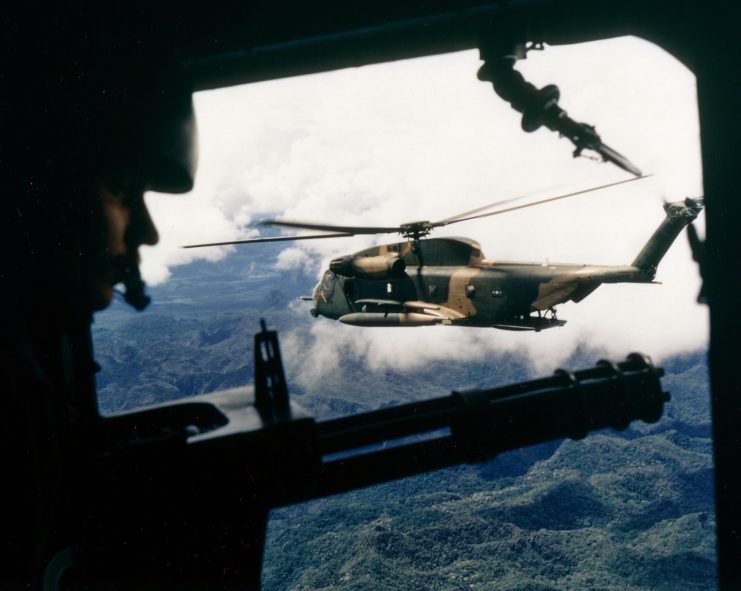
The HH-53 was similar to the Sikorsky CH-53A Sea Stallion flown by the US Marine Corps. Better known as the “Super Jolly Green Giant,” it operated throughout the Vietnam War. The HH-53B variant had a retractable in-flight refueling probe and a rescue hoist located just above the passenger door. It held spindle-shaped jettisonable 650-gallon fuel tanks and was armed with either three GAU/2A 7.62 mm six-barreled miniguns or .50-caliber Browning machine guns.
For protection, the HH-53B was equipped with 1,200 pounds of armor, and it was capable of carrying a five-person crew.
The HH-53C was introduced into service in 1968. Forty-four were built. They were similar to their predecessor, with the most noticeable difference being the removal of the fuel-tank bracing struts. In the earlier variant, it was quickly realized the tanks were affecting the helicopter’s overall performance when full, so smaller 450-gallon tanks took their place.
Introduction of Pave Low III
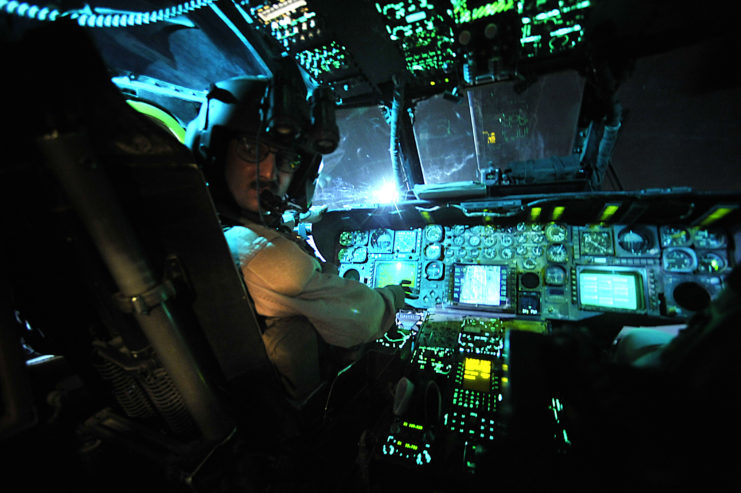
By 1975, an HH-53B was fitted with the Pave Low II system, changing its designation to YHH-53H. With more adjustments to the system, eight HH-53Cs were then fitted with the system. They were re-designated HH-53H Pave Low IIIs and came with a bunch of upgrades. They became operational on July 1, 1980, and were, at that point, prepared for long-range, low-level missions.
Improvements made by the Pave Low system included forward-looking infrared imagers (FLIRs), as well as terrain-following (TFR) and terrain-avoidance radar. They also packed Doppler-radar navigation and inertial guidance systems (INS), and were equipped with computerized moving-map displays. Radar-warning receivers and chaff-flare dispensers were also added.
In 1986, the CONSTANT GREEN program provided even more improvements to the HH-53H Pave Low IIIs, fitting them with blue-green lighting in their cockpits, making them compatible with night-vision goggles. Following this, they were reclassified as “special operations” helicopters and given the designation MH-53H – “M” standing for “Multi-mission.”
Operation Eagle Claw disaster
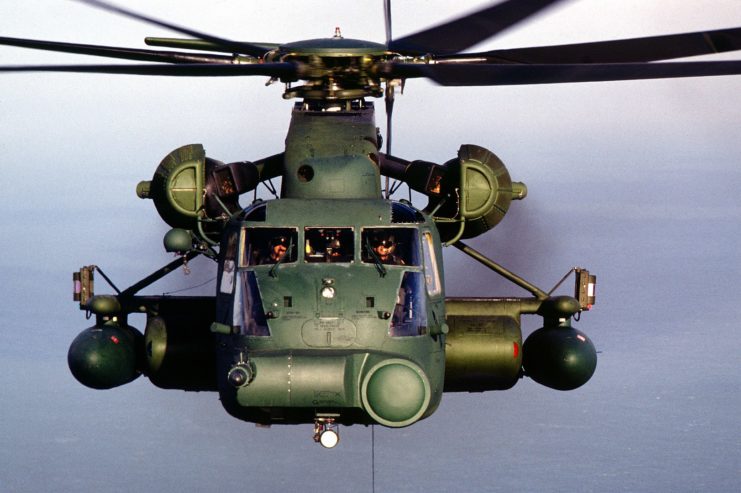
In the decades these helicopters served, they participated in numerous missions.
The failed rescue of 52 embassy staff in Iraq during Operation Eagle Claw is what sparked the conversion of the choppers into special operations craft. The Pave Low fleet was assigned to the 20th Special Operations Squadron at Hurlburt Field, Florida. After proving their success, they were assigned to the 21st and 31st Special Operations Squadrons in Europe and East Asia. The 551st Special Operations Squadron at Kirtland Air Force Base, New Mexico also received MH-53Js for training purposes.
Retirement of the Sikorsky MH-53 Pave Low
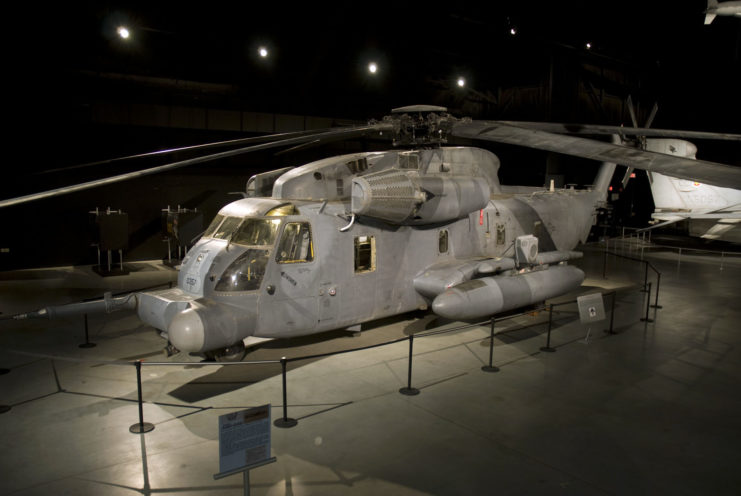
The final mission for the MH-53 Pave Low fleet was on September 27, 2008. The six remaining flew in support of special operations being conducted in Southwest Asia. It wasn’t long after that the rest of the fleet was retired, replaced by the Bell Boeing V-22 Osprey, which remains in service to this day.
